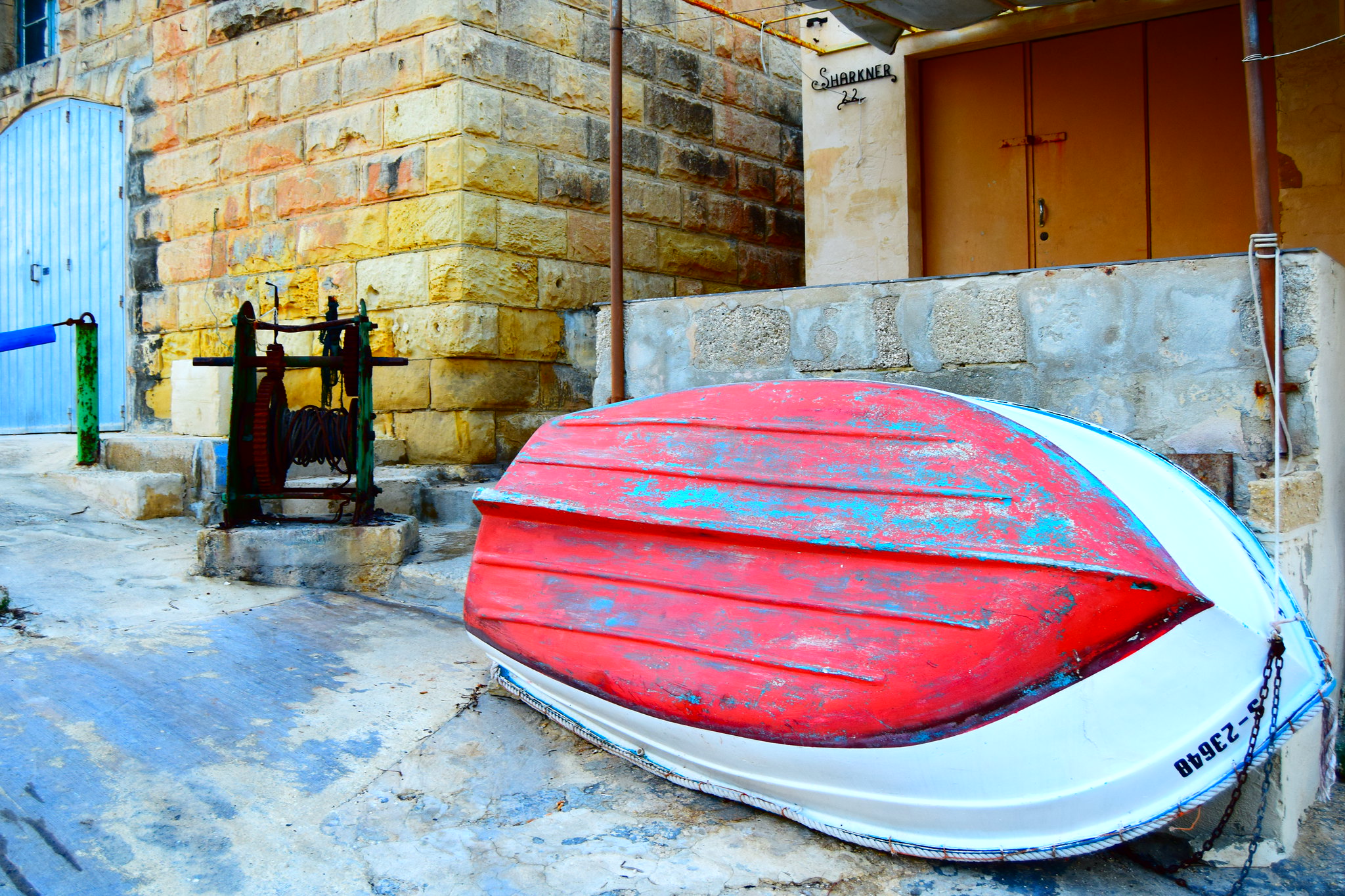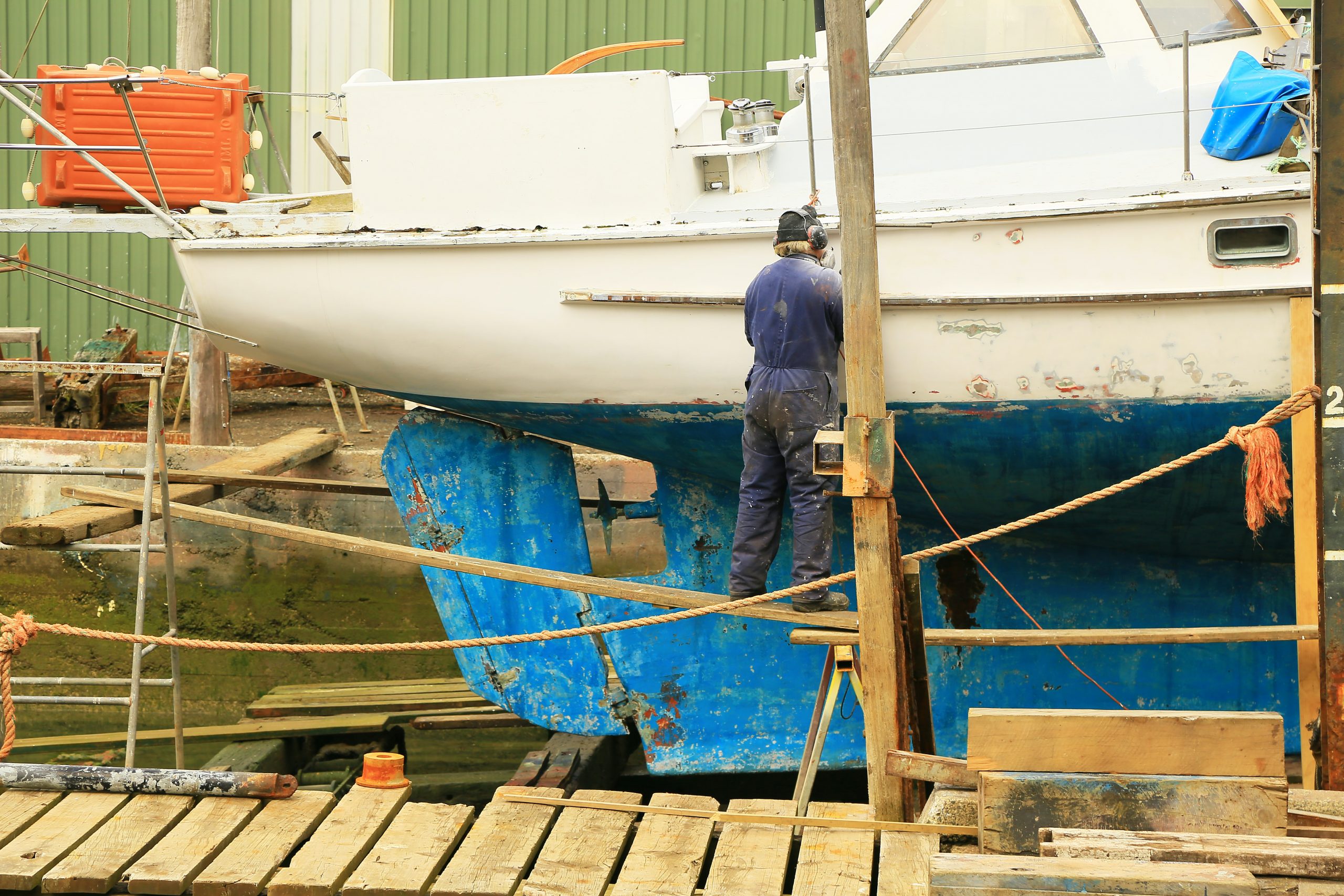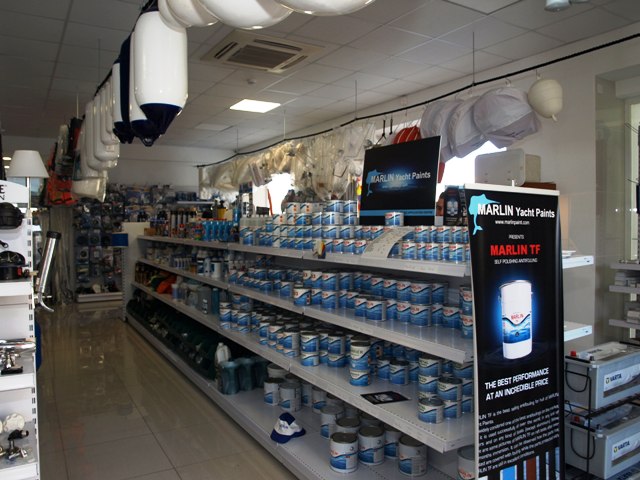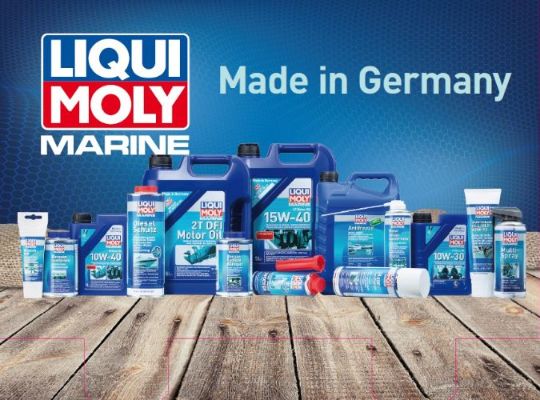Whether you keep your boat afloat in the water for the better part of a year or haul it ashore at the end of the boating season, treating your hull properly is essential to ensure boat longevity. Applying antifouling paint is a relatively easy chore and doing it yourself will save you a great deal of money.
In this practical guide to antifouling, we’ll explain how underwater paint works and how to choose the right antifouling paint, as well as walk you through the basic steps of applying the paint.
Now, let’s dive into the details

What is antifouling?
Simply put, antifouling is a paint coating used to protect the part of a boat which is under the waterline from organisms that can cause harm. Antifouling works to prevent damage caused by animal and plant pests by releasing bioactive ingredients that slow down the growth of harmful organisms.
What are the benefits of antifouling?
- Protection: When in the water, your boat is exposed to pests such as barnacles, weed and slime which can attach to the bottom of the boat and cause damage to the hull. By preventing such damage, you will significantly extend your boat’s lifespan.
- Smoother steering manoeuvres: Fouling can affect the response time of your boat which, in turn, can lead to dangerous consequences. By painting your boat with antifouling you gain better control of your vessel.
- Improved speed and fuel efficiency: Keeping your boat free from fouling has a significant impact on speed and fuel consumption. Having a smooth hull will cause your boat to have less frictional resistance and use less fuel, thus saving you money.

There are three basic types of antifouling paints available: soft antifoul, hard antifoul and copper-based antifoul.
Soft antifoul, also referred to as eroding antifoul, is partially water-soluble, due to which it is slowly polished off as water passes across the boat’s hull. Soft antifoul is in turn split into two types: ablative and self-polishing. Ablative antifoul erodes unevenly while self-polishing erodes evenly, giving a smoother surface and less drag.
Hard antifoul, or contact leaching antifoul, forms a hard surface on the hull and doesn’t wear off like soft antifouling. Hard antifoul can be scrubbed or burnished to create a smooth hull with less frictional resistance.
Copper-based, or polishing copolymer antifoul, is similar to soft antifoul with the difference that copper-based coating releases biocides depending on how fast the binder dissolves.
How to find the right antifoul for your boat
Choosing the best antifouling paint is a crucial part of keep your boat performing its best. However, due to a wide range of products available, choosing the correct paint can seem like a gruelling task. Here are some tips to get you started.

To begin with, you should consider the type of boat you are using:
- Sailboats and small power boats: Soft antifoul is usually the best choice for smaller vessels such as sailboats or power boats with speeds up to 30 knots. The boat needs to be used semi-regularly in order for the paint to be polished evenly.
- High-performance boats and racing yachts: If you own a seriously fast boat or a boat that is in regular use then hard antifoul is the surest way to go. Most race boat owners prefer hard antifoul because this kind of paint can also be wet sanded to a smooth finish, making the boat even faster. Copper-based antifouling paint can also be used for these types of vessels.
The material from which your boat’s hull is made also determines which paint should be used. For wooden or steel boats it is generally advisable to go for soft antifoul, whereas hard antifoul is best suited for boats made of steel, GRP or carbon fibre. Never use copper-based paint on an aluminium boat.
How often should you antifoul?
Antifouling plays a major role in regular boat maintenance and it helps keep your boat in great shape for years to come. The frequency of antifouling depends on two main factors: how much the boat is used and how it is stored when not in use. If you keep your boat afloat for the better part of a year or use it regularly, it is highly advised to check the hull annually to assess whether or not antifouling should be reapplied.
In short, the right paint for your boat as well as the frequency of antifouling should be determined by the type and speed of the vessels, the usage of the boat and the waters you normally sail in. For boats that mainly live ashore, antifouling every other year may be sufficient.

How to apply antifouling paint
Preparation is the key to success when it comes to applying protective underwater paint onto your boat. Firstly, in order to ensure a safe work environment, make sure your boat is resting on props and blocks securely. Alternatively, you can also work on your boat on a trailer. Keep in mind that you will be working with poisonous chemicals and make sure you’ve taken all necessary safety measures. As a minimum, a dust mask, goggles, full coveralls, and gloves should always be worn when applying antifouling paint.
Next, make sure you have all necessary equipment available and ready for use. You will need a small paint roller and tray, wet and dry sanding block, a couple of smaller size paint brushes and some masking tape. A small screwdriver, a stirring stick, a bucket, a paint scraper and a dustpan brush are also good to have handy.
With all the equipment ready, the next step is to start preparing your boat for antifouling. First, you need to go over the whole hull and remove flaking paint and smooth out any imperfections. This is also the time where you would be fixing any possible damage to the hull. With some paints, you will also need to key the surface with a quick sanding before applying antifoul.
Once the surface is smooth, it’s time to clean it – preferably with a power washer. While the hull is drying, apply masking tape to divide the antifouling from the top part of the boat. Once the hull is completely dry, you can begin applying antifouling paint with a small paint roller and tray. Whether you should apply one or two coats of paint depends on the manufacturer, so be sure to read the manufacturer’s instructions before starting to paint.
Bear in mind that if you have a new boat and you are working with a bare hull, you will likely need to use a primer before using antifoul. Primer should also be applied in case you are unsure which antifouling was previously used. The type of primer depends on the material which the hull is made of. We will gladly help you find a suitable primer for your boat.



